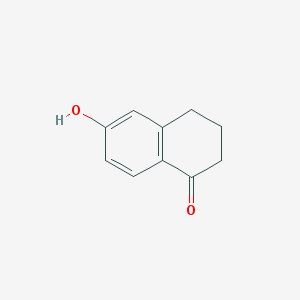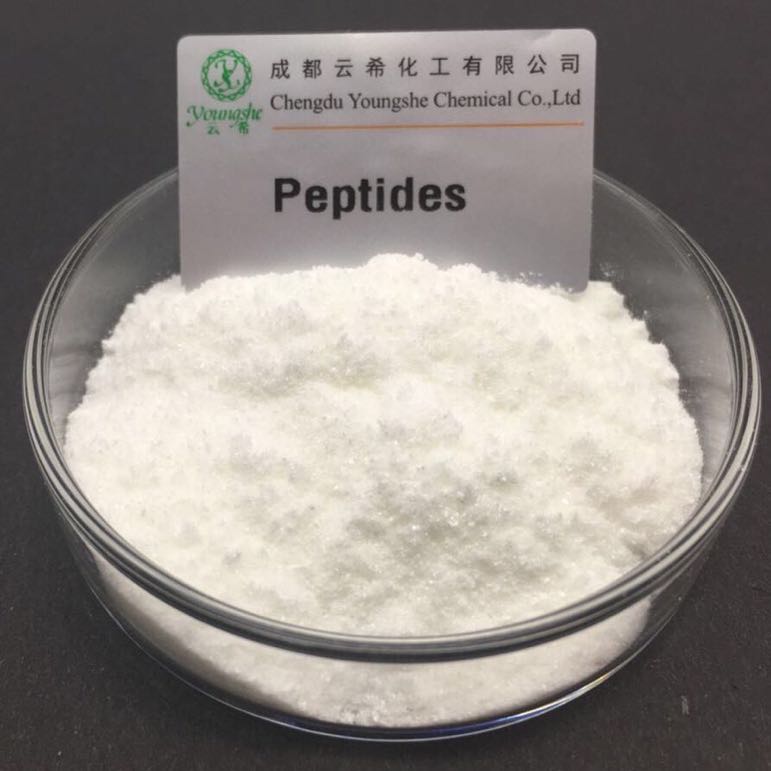-
Categories
-
Pharmaceutical Intermediates
-
Active Pharmaceutical Ingredients
-
Food Additives
- Industrial Coatings
- Agrochemicals
- Dyes and Pigments
- Surfactant
- Flavors and Fragrances
- Chemical Reagents
- Catalyst and Auxiliary
- Natural Products
- Inorganic Chemistry
-
Organic Chemistry
-
Biochemical Engineering
- Analytical Chemistry
- Cosmetic Ingredient
-
Pharmaceutical Intermediates
Promotion
ECHEMI Mall
Wholesale
Weekly Price
Exhibition
News
-
Trade Service
Text . . Type 1 diabetes is an autoimmune disease whose pathogenesis is that the immune system mistakenly attacks islet β cells, resulting in insufficient insulin secretion and the body's inability to maintain normal blood sugar levels.
for people with type 1 diabetes, long-term insulin injections combined with blood sugar monitoring are essential treatments.
, however, daily injections can not only cause great pain to patients, but can also lead to complications such as hypoglycemia, epilepsy and coma, and can lead to death.
, scientists have been looking for better treatments.
among the many therapeutic options, replacing β cells destroyed by autoimmunity is considered the closest to "curing" type 1 diabetes.
can be replaced by transplanting entire pancreas or islets from the β the whole pancreas.
, although pancreatic transplantation has good long-term functional effect, the incidence of perioperation complications is higher, and islet transplantation has low implant rate and reduced transplant function.
recent years, some research teams have tried transplanting islet cells into the livers of experimental animals.
, this method is not as effective as expected, and islet cells do not survive for long periods of time, sometimes causing inflammation.
other researchers tried to perform a superal transplant of islet cells, but the path failed because islet cells could not get enough oxygen and could not survive long under the skin.
In a study published September 7th in Nature Metabolism, researchers at the University of Pennsylvania and Harvard Medical School, among others, successfully tested the idea of transplanting islet cells under the skin to treat diabetes by developing a new technique for off-cortic transplantation of islet cells.
: The novelty of the Nature Metabolism study is that researchers used a deviceless method to promote islet offsar implantation.
researchers created an islet survival substrate (IVM) to extend the survival of islet cells after subsurfic transplantation, which contains nearly 80% of type I collagen, the main component of the islet extraterrocial substrate, which regulates the proliferation, function and survival of islet cells.
working mechanism and subsequent development of subsothebic transplantation of islets (Source: Nature Metabolism) Researchers mixed islets with IVM and implanted them under the skin of animal models for various tests.
By transplanting islet cells from mice, pigs, and humans into mice with the pancreas removed, they demonstrated that the technique maintained normal blood sugar levels, and that its efficacy was demonstrated in non-human primate models.
blood sugar was perfectly controlled within 820 days of the model's underskin transplant.
IVM provides a higher viability for subsothial transplantation of human islets (Source: Nature Metabolism) The researchers conclude that islet-IVM mixture transplantation is a simple, safe and repeatable method that provides important support for the development of new treatment models for type 1 diabetes.
, but they also point out that more testing is needed for the technology.
it is not known whether the substation protects transplanted islet cells from the immune response, or whether humans will respond like mice.
reference: 1 s Ming Yu et al. Islet projectation in the subcutaneous space achieves long-term euglycaemia in preclinical models of type 1 diabetes. Nature Metabolism (2020) 2 s Berney, T., Berishvili, E. I've got you under my skin. Nature Metabolism (2020) 3 s Projecting pancreatic islet cells under the skin to treat diabetes (Source: MedicalXpress)







